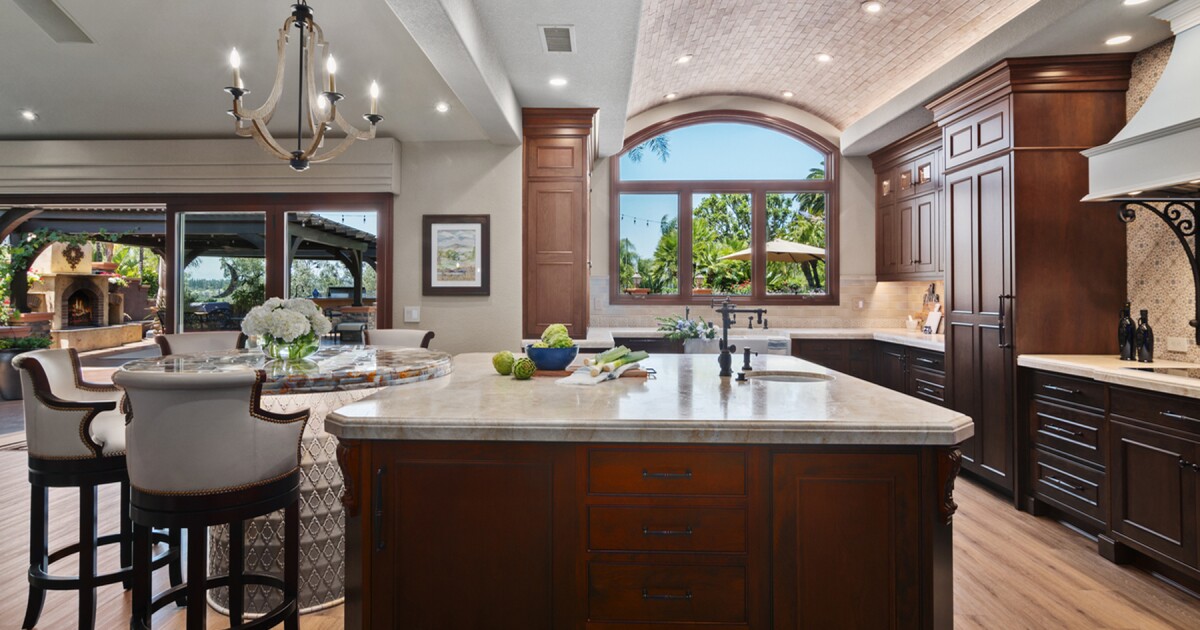Our garden is another chapter in the story of our life at home. When I see birds building nests in our garden, pollinators feeding at our flowers, lizards raising their young, or a toad hibernating beneath damp soil, they become part of our family. They affirm that our garden is a welcoming habitat and a safe home.
When we design, grow, save seeds, and nurture a garden, we create a mini ecosystem that connects us with all the lives in our environment and community. Our gardens are living habitats that we share, always changing from year to year. It is a partnership with all of Nature’s cycles – weather, water, soil, plants, and wildlife.
The native vegetation and geography amongst which our house was “planted” influence our interaction. Our relationship with our garden can be a delicate balance between how we work with Nature and how we work to achieve our dream garden. We may even discover new plants and flowers growing from seeds deposited from wind, water, birds, or other wildlife.
On a recent winter hike up a wash, I heard the hum of active bees. Looking up into the craggy boulders, I saw an exuberant colony with swarms of bees going in and out of a crevice. Along the trail I had seen bees foraging, collecting pollen and nectar from flowering shrubs and wildflowers. Contrast this with commercial almond orchards where beehives have to be trucked in during the time of spring blossoms so that the crop is pollinated.
A diverse natural environment can support a bee population all year, while an almond orchard can only sustain bees for one month in a whole year. This is an example of the difference between a sustainable, bio-diverse natural environment, and an environment that requires constant human intervention in order to survive.
It is easier as home-scale gardeners to imitate and maintain a diverse and sustainable natural environment than it is for single crop industrial agriculture. With a mixture of edible, native, and ornamental plants, we can create an environment that supports many forms of life.
An integrated, and bio-diverse community of plants is called “permaculture.” This is a garden design concept that combines wildlife gardens, edible landscapes, and conventional flower and vegetable gardens into a sustainable and cohesive living system. It is an ecological garden that is based on the same principles as Nature.
Permaculture design involves four important goals that we can apply to our homes: creating a diverse plant community; eliminating toxic herbicides and pesticides; recycling organic waste to build soil instead of using chemical fertilizers; and respecting our place in Nature. This is now being called “regenerative” gardening and agriculture that honors and conserves ecosystems, produces healthier and tastier food, and reduces climate change.
When we plan a garden that observes these permaculture goals, we are broadening our perspective to include all lives in our community. We are not just taking from Nature, but we are also creating a safe and nourishing home for those who share our environment. A garden can be a community where we invite others to share our story.
Visit gardensforhumanity.org to download a garden and landscape planning worksheet, and to connect and share with others in our plant-loving community!
Richard Sidy is president of Gardens for Humanity, a founding member of the Sustainability Alliance and a member of the Verde Valley Food Policy Council. To reach him, email [email protected].

